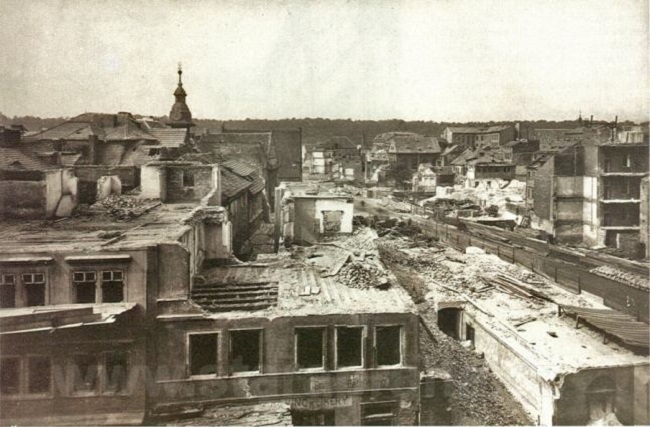
The revitalization from the turn of the 19th and 20th centuries fundamentally changed the face of Prague
 |
Prague - Originally, over 600 houses were to be demolished, but nearly 470 ultimately disappeared; however, hundreds of new ones were built, including the modern Pařížská Street. The demolition from the turn of the 19th and 20th centuries radically changed the face of the center of the capital city. A number of rare houses and a large part of the former Jewish town, including three ancient synagogues, fell victim to it, but it shifted the character of Prague towards an emerging modern metropolis. The demolition laws, under which the demolition of Josefov and parts of the Old and New Town was carried out, were enacted 125 years ago, on February 11, 1893. They remained in effect for half a century until April 1943.
The main motive behind one of the largest urban demolitions in Europe, which generated considerable outrage at the time, was primarily the architectural and hygienic neglect of Josefov (overcrowding, lack of sewage, easy possibility of infection), but also a certain "unrepresentativeness" of Josefov in the vicinity of the Old Town Square.
In the demolition districts covering over 380,000 m2, there were 608 houses. Partial demolitions began in 1895, and massive demolitions took place from October 1896. By 1903, 150 houses had been demolished, and 67 new buildings had been constructed. The demolition laws were supposed to be in effect for only ten years, but in April 1903 they were extended for another ten years, a practice that was repeated in 1913, 1923, and 1933, remaining valid until April 7, 1943. The largest interventions took place until 1914: by this year, a total of 469 houses had been demolished, including 247 in Josefov, 198 in the Old Town, and 24 in the New Town.
Three of the nine synagogues in Josefov had to yield to the demolition: the New Synagogue from the end of the 16th century, which stood on today's Široká Street, was demolished in 1898; the Great Court Synagogue from the early 17th century, located at the end of today's Pařížská Street on the site of today's square in front of the Intercontinental Hotel, was demolished in 1902; and the Cikán Synagogue from 1613 in Bílková Street was demolished in 1906. In response to these destructions, the Jubilee Synagogue was built in 1906 on Jeruzalémská Street. In 1903, the ancient Jewish cemetery in Josefov was also reduced in size.
Among other buildings that were demolished, one can mention the House of Jiří Melantrich from Aventin (known as U dvou velbloudů) on today's Melantrichova Street, which was torn down in 1893 (only the portal has survived), the baroque Benedictine monastery at St. Nicholas Church on Old Town Square, which was demolished in 1902 (a neo-baroque building from 1903 now stands in its place), and the so-called Krenn House, which blocked the view of St. Nicholas Church from Old Town Square. Streets such as Rabínská, Meislova, Střelná, Červená, and Masařská also disappeared.
The English translation is powered by AI tool. Switch to Czech to view the original text source.
0 comments
add comment






